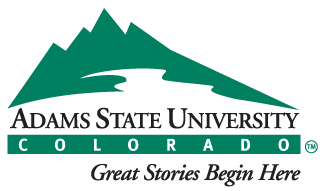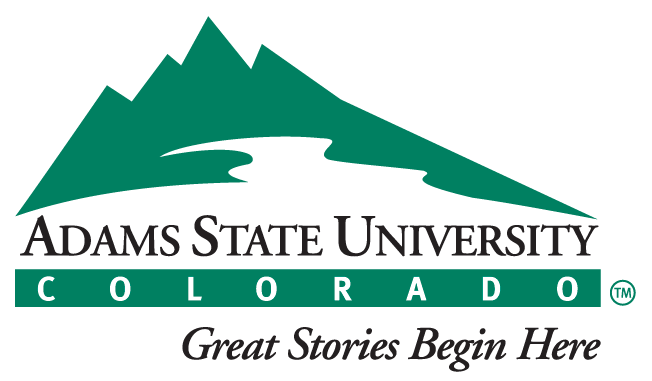"There’s a lot we don’t know about U.S. military history in the mid-19th century, but the evidence is in the ground at Ft. Massachusetts," said Dr. Richard Goddard, Adams State University professor of history and archaeology. His annual Field School, now in its fifth year at Ft. Massachusetts, will conclude the 2015 excavation season this week.
The San Luis Valley was part of the territory ceded to the U.S. by the Treaty of Guadalupe Hidalgo following the U.S.-Mexico War. Ft. Massachusetts was established to protect the valley in 1853, located a few miles north of the current site of Ft. Garland, which was established in 1858.
"Ft. Massachusetts is a very historically significant site," Goddard noted. "We now know much more than we did before. We’ve been able to identify and define the fort’s location. Now, we are getting a look at life at the fort, through artifacts and structures we’re uncovering."
The Field School includes six staff members and ten student participants from Adams State and other colleges who earn credit for the experience. This is the second season on the site for Valley native Zöe Pierson, who chose a career in archaeology after a high school visit to Goddard’s dig at Ft. Garland. She earned a degree in archaeology from University of St. Andrews in Scotland last year and is set to begin Adams State’s Master of Arts program in Humanities with an emphasis in cultural resource management. (CRM.) "I like history and love science, so this is perfect," she said.
Each day at the Field School begins just as it did in the 1850s, with the raising of the flag and firing of the cannon. "Students begin to appreciate what it was like to live here, which helps to interpret our findings more accurately," Goddard said. "We’re seeing exactly the same environment the soldiers did – it has not changed." Ft. Massachusetts was home to about 150 officers, soldiers, and civilian employees, including men, women, and children.
Participants camp near the site during the six-week Field School, working ten-day stretches with four days off. Demonstrations by historic reenactor groups also help students understand fort life. "For example, all the students learn to fire authentic, 19th century weapons," Goddard said.
He explained that Ft. Massachusetts differed from other frontier forts in that it was surrounded by a wall of pine logs. (Ft. Garland, for instance, is not walled.) Goddard suspects the fort commander, Maj. Blake, hailed from the eastern U.S., where forts were enclosed by walls of wooden pickets. The fort’s structures were built of pine with flat sod roofs. Most also featured adobe fireplaces, which Goddard said reflects the garrison’s experience in New Mexico.
Field School participants lives in rustic conditions, but they gather and record data using
cutting edge technology, such as I-pads and GPS/GIS (Global Positioning System/Global Information System. Data from the dig will be made available to all scholars, said Goddard, who added that several good professional papers have stemmed from the Field School work.
"This is a vast improvement from the traditional paper records and forms used by archaeologists," Goddard said.


